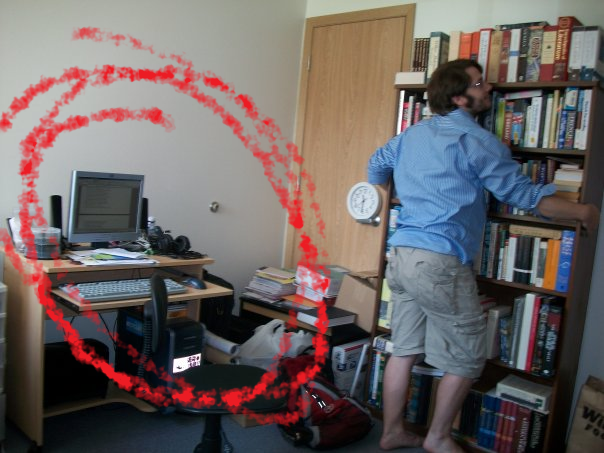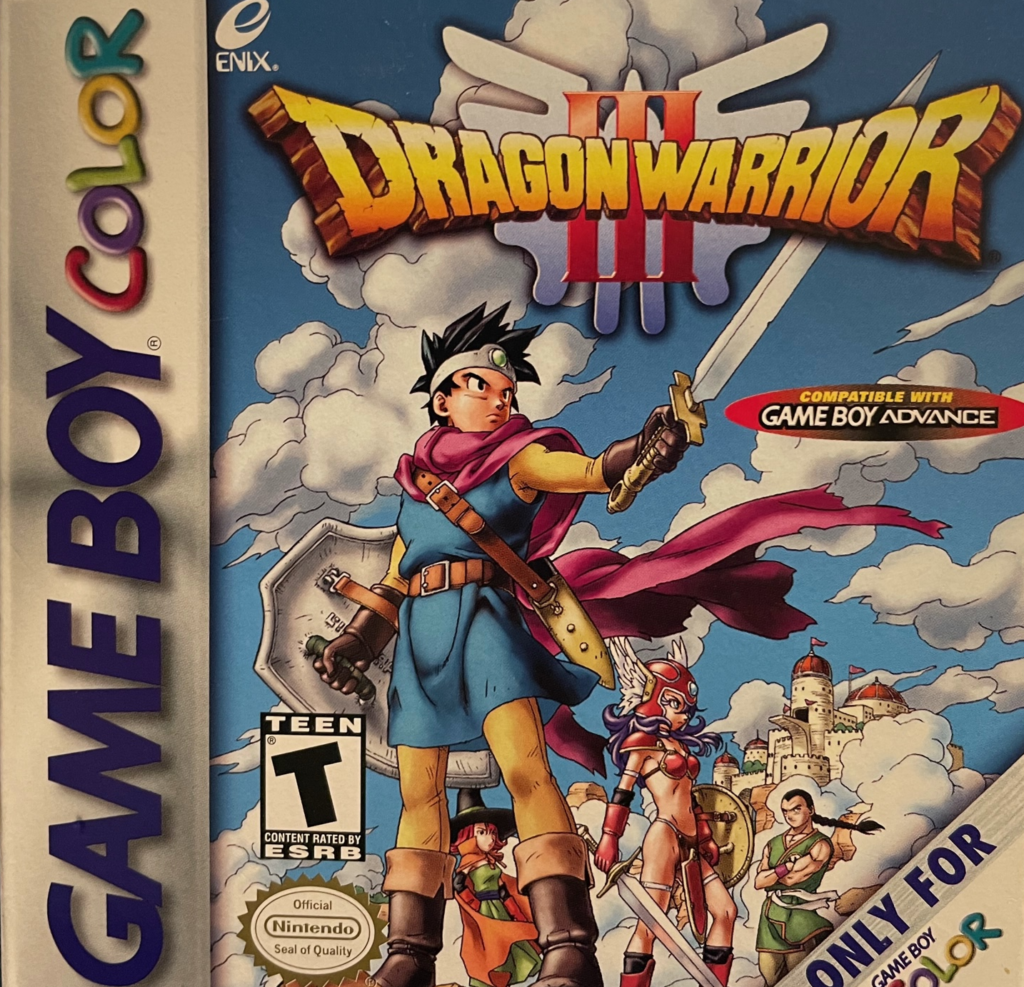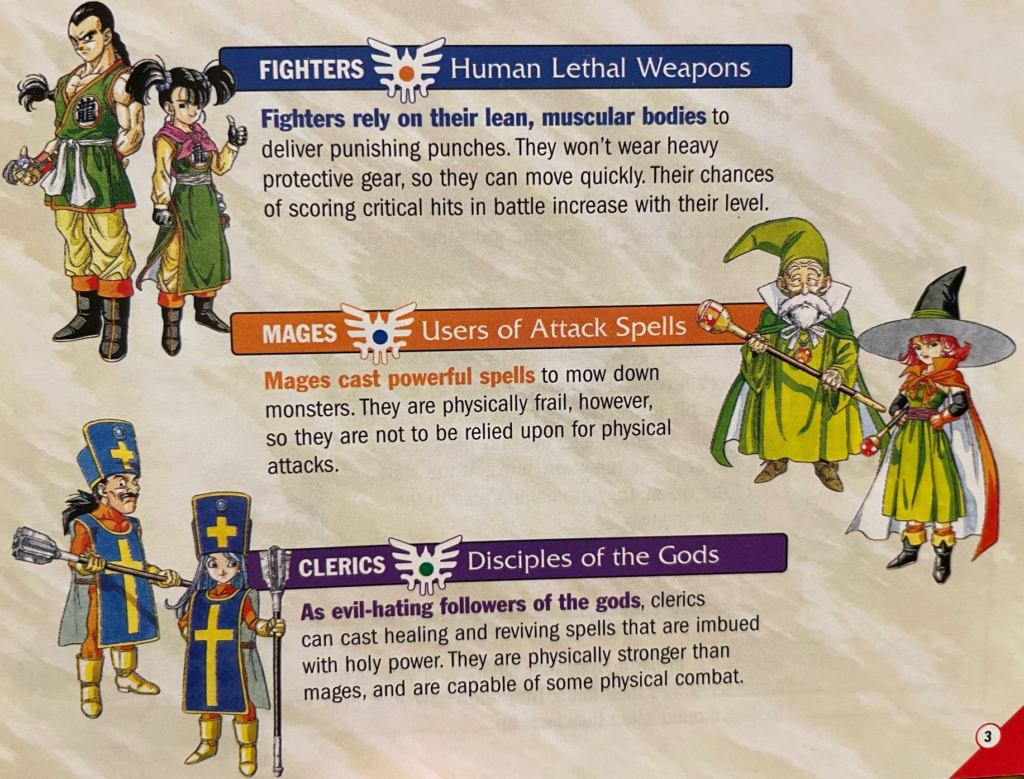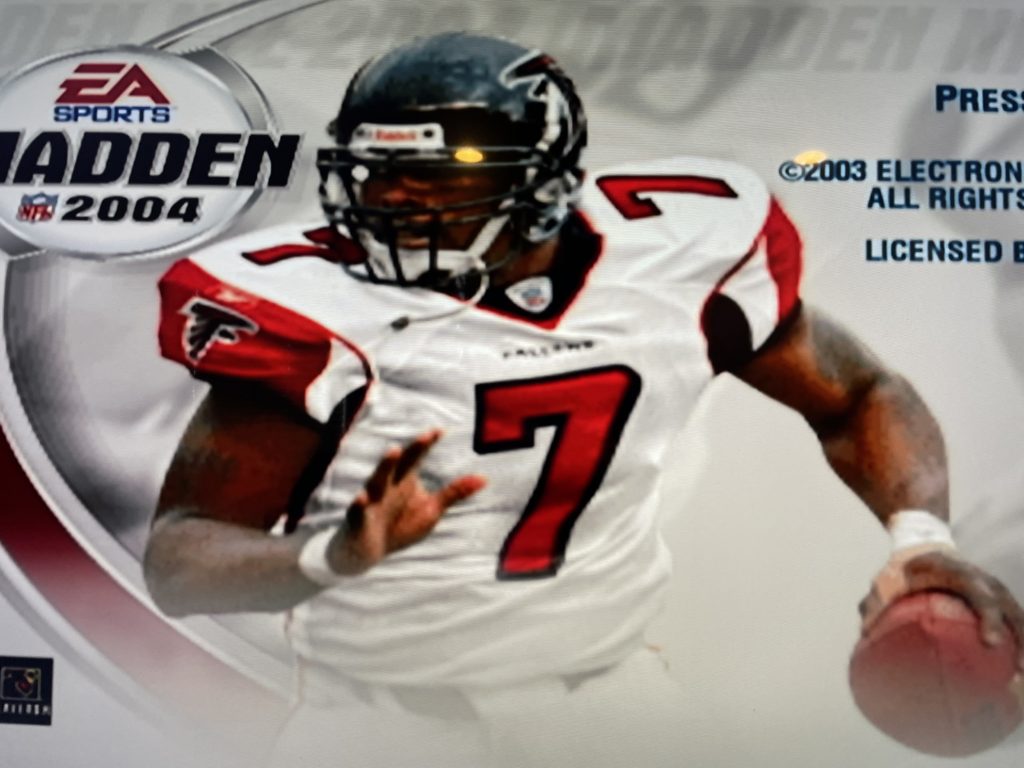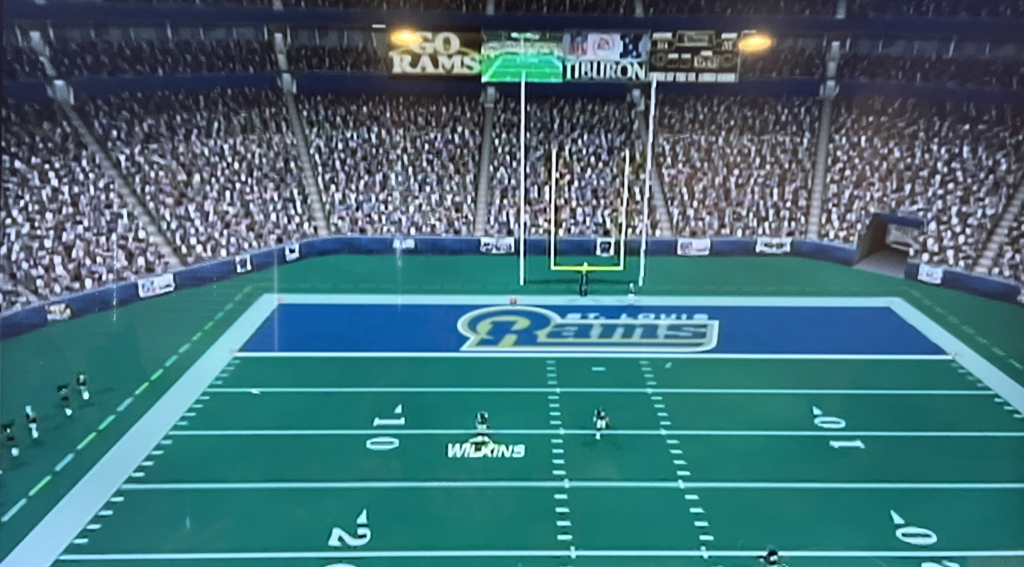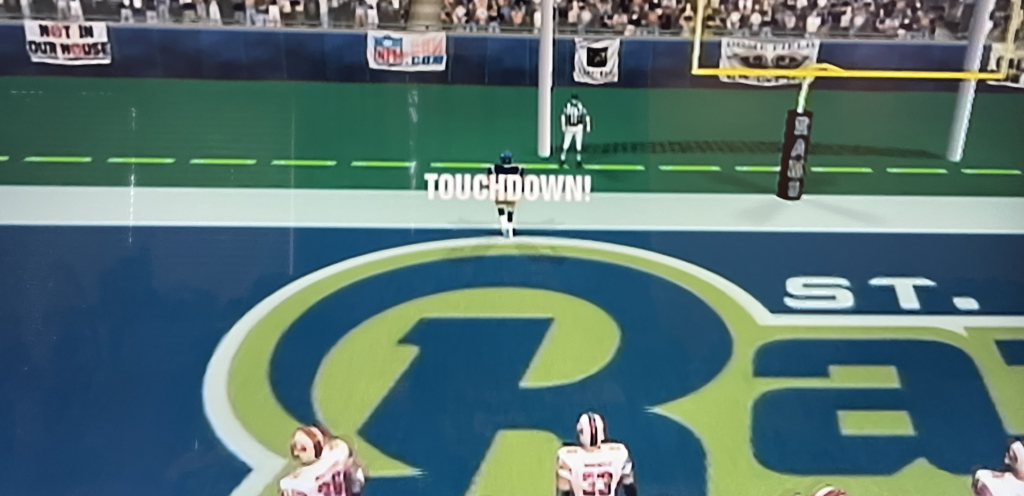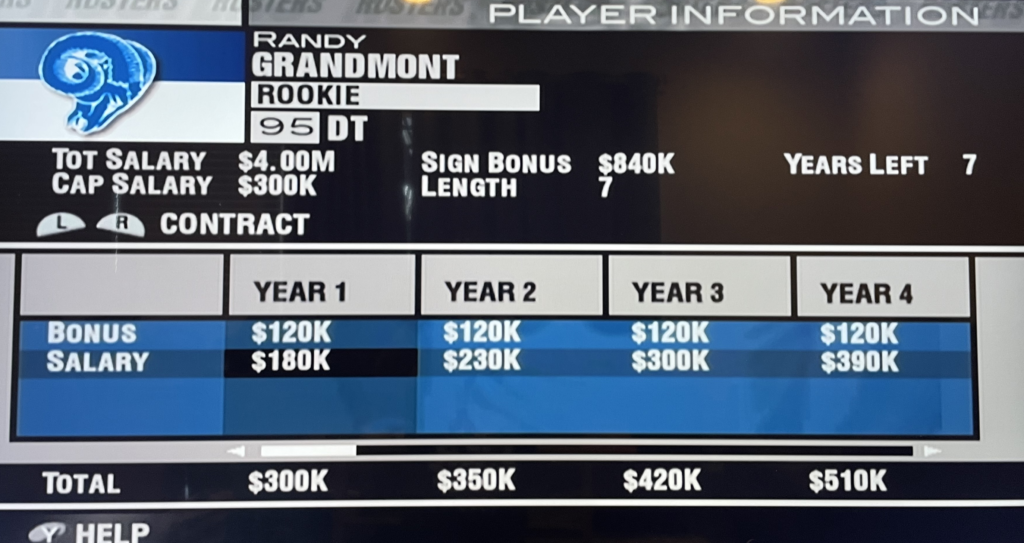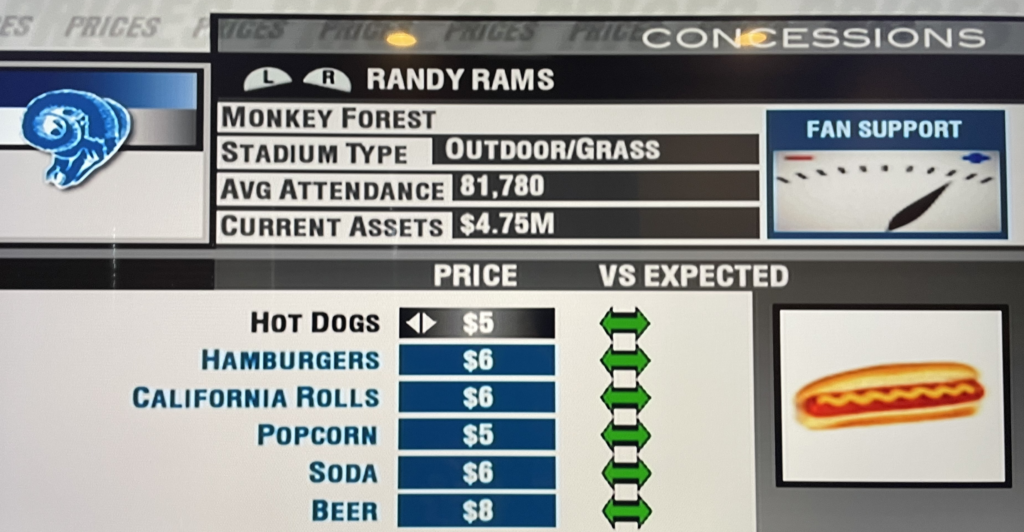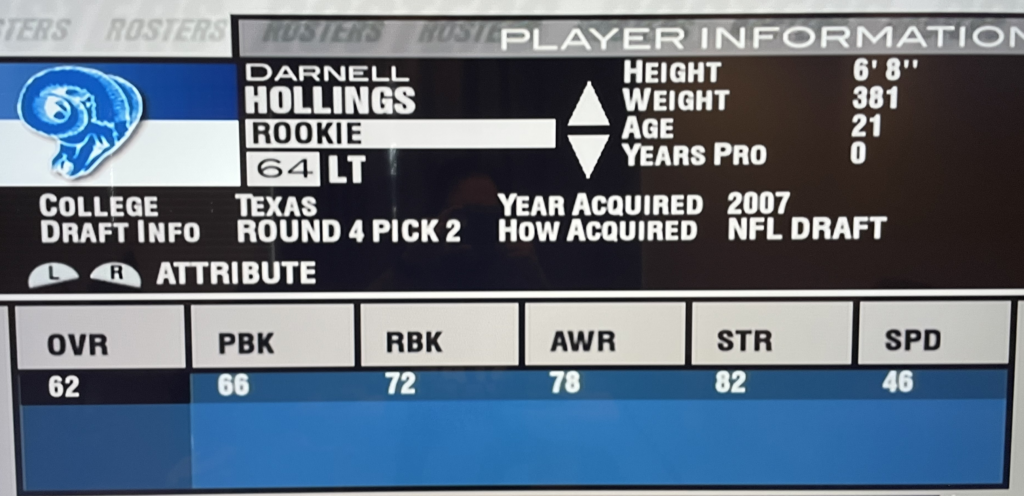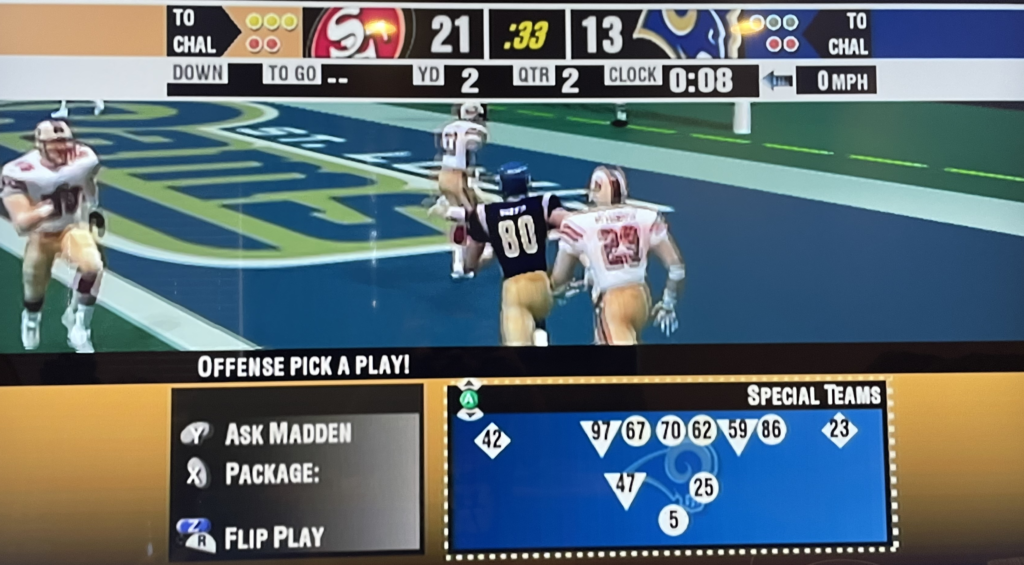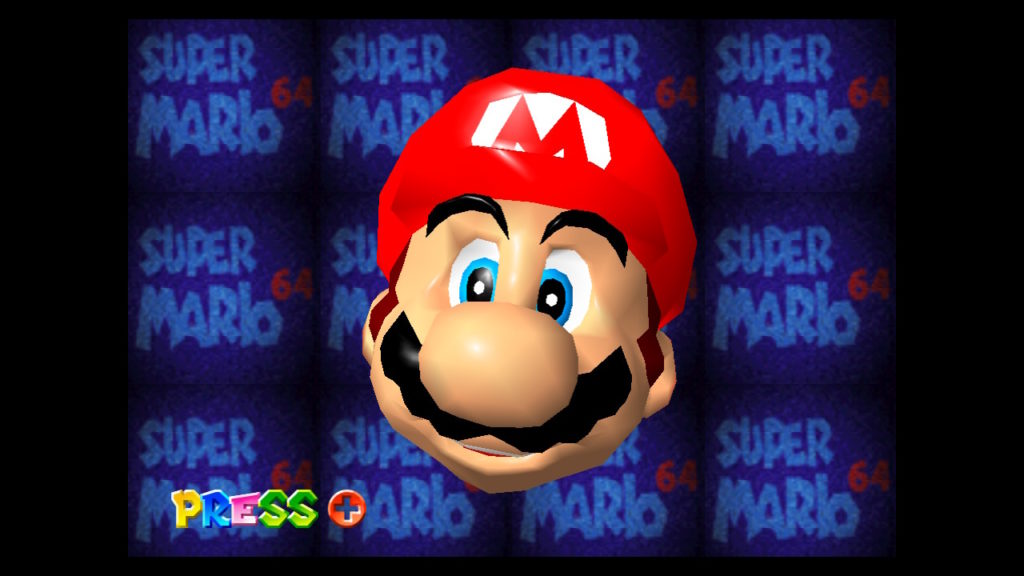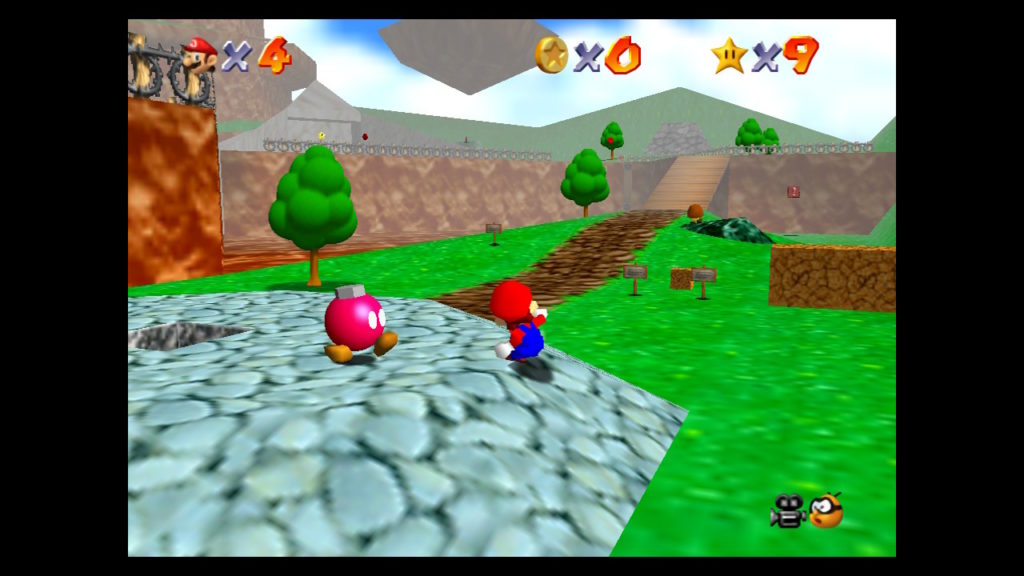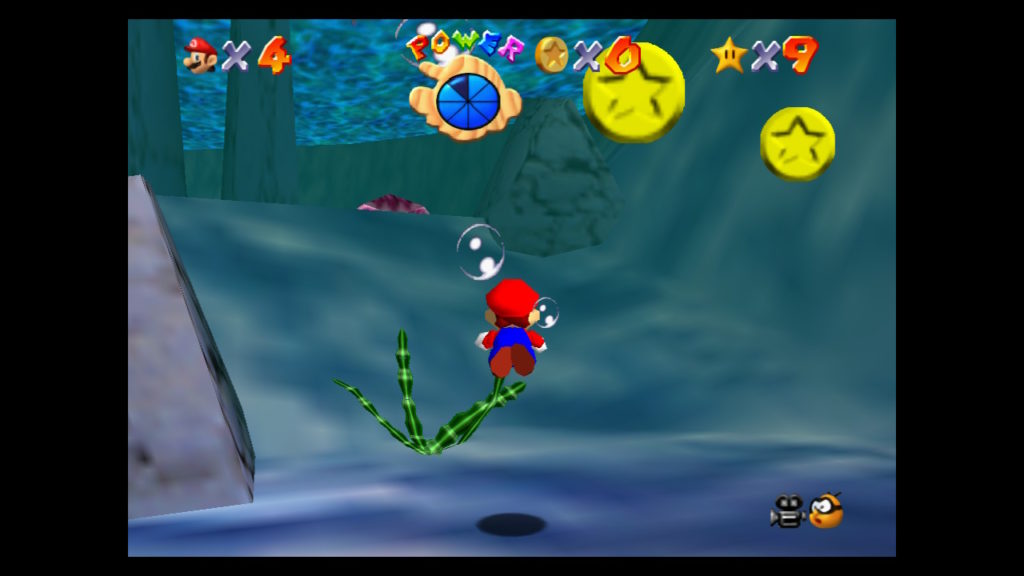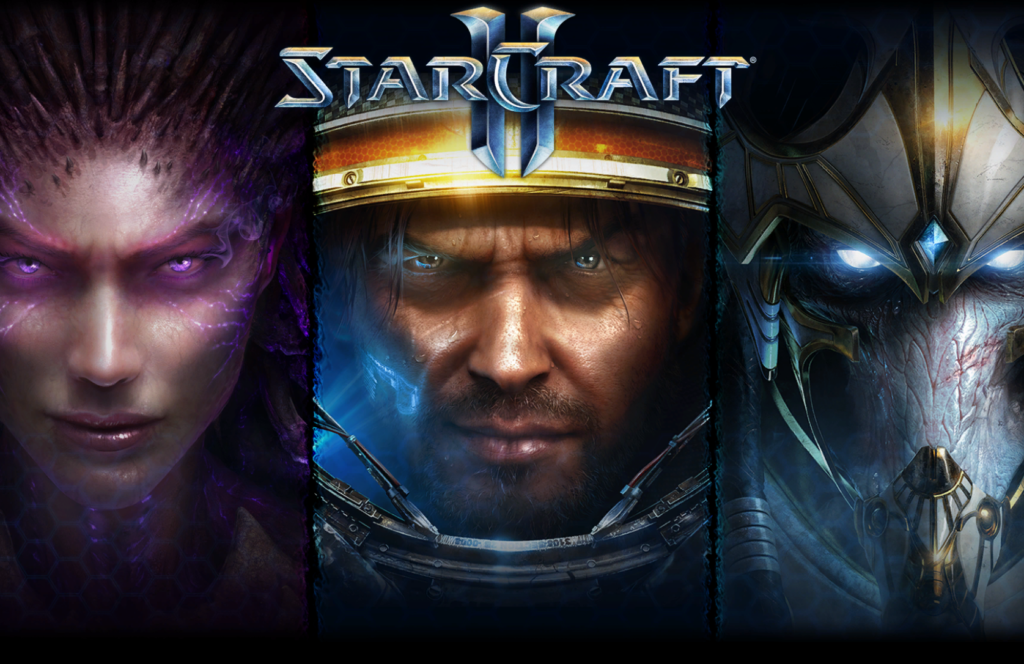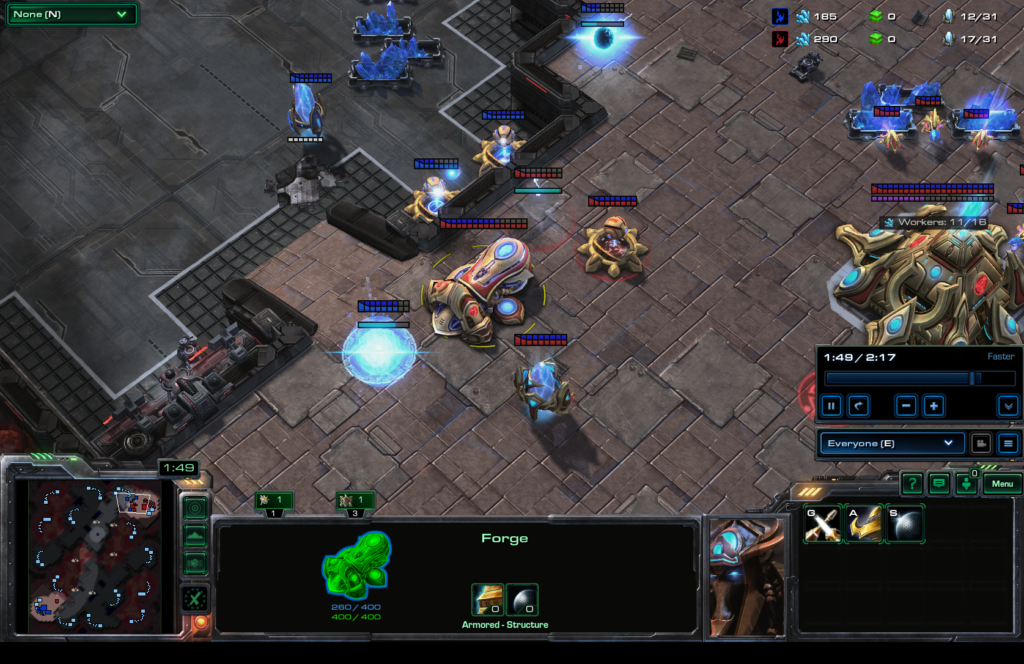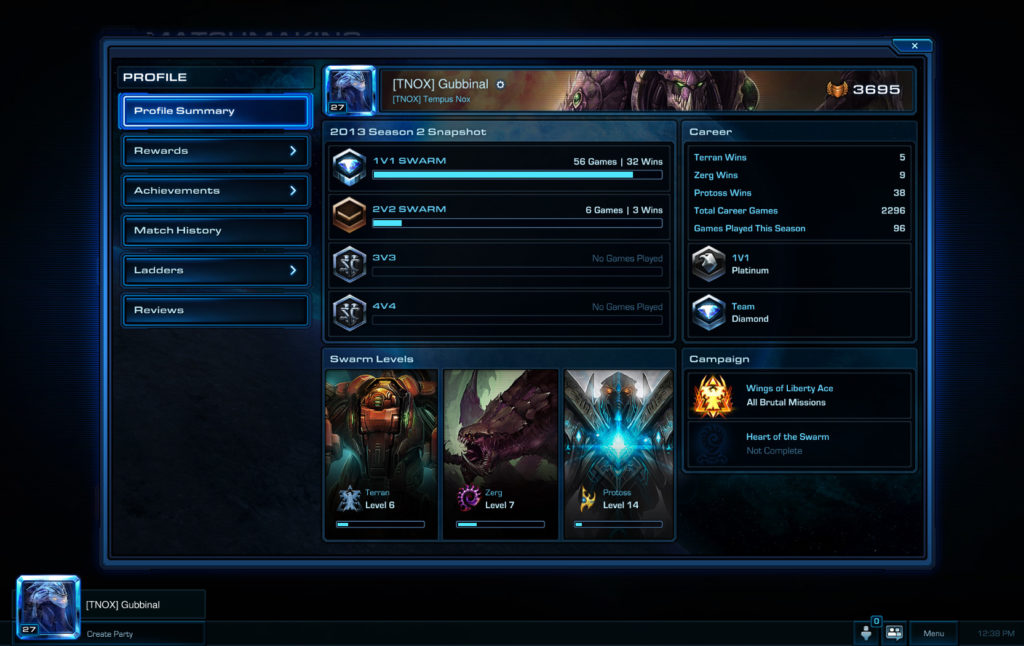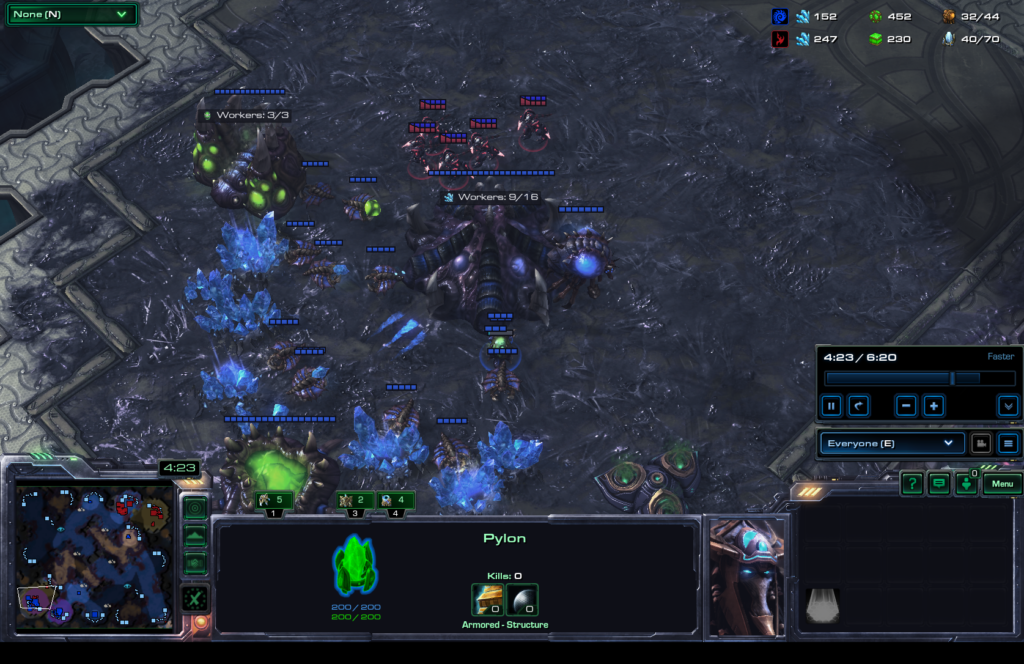Just as it’s difficult and perhaps wrong to choose a favorite child, it’s also tough and potentially immoral to choose a favorite from among the Sid Meier’s Civilization franchise. But I’m gonna do it anyway. It’s also a challenge choosing my favorite Canadian-born Swiss-American game designer, but that honor would have to go to Sid Meier. Anyway, the reason I’m placing Civilization IV so high on my list of gaming favorites is because it’s a child in its own right. And it’s not just any old child of Meier’s—I’m sure he had his own favorites from among his Alpha Centauri, Pirates!, Railroad Tycoon and other franchises—Civilization IV is the chosen one, the promised child of Civilization II and Civilization III that takes the best from both of those foundations and creates a turn-based strategy game that can stand on its own like that ancient statue of Ramses in the desert—for all time.
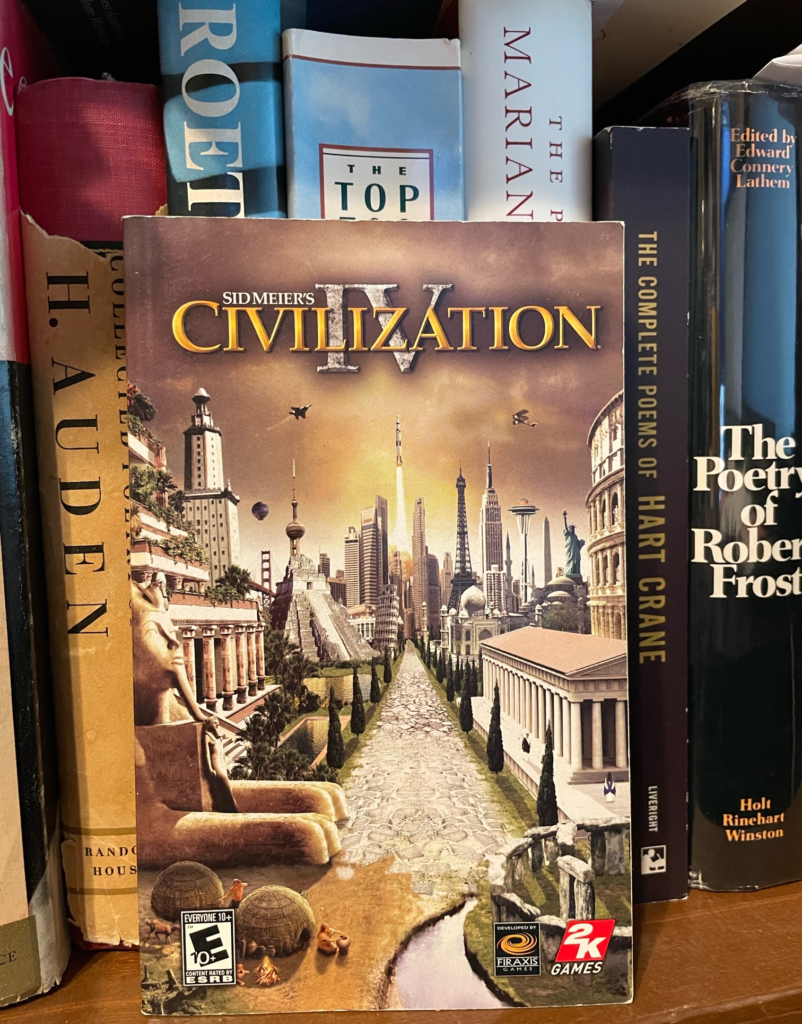
Civ 4 begins, appropriately, in 4000 B.C., and all you’ve got is one settler to your name and all the hopes of your future civilization resting upon his small shoulders. So, you’d better think twice about starting a capital city just anywhere. Better not found your civilization too far from arable fields, natural resources, lucrative coastlines, life-giving rivers, or wide-open plains to expand. Meanwhile, dodge impassable mountains (your roadbuilders will thank you), sickening swamps (your physicians will be grateful), and icebergs (if you live at a pole, there had better be oil). And you gotta move fast because you can already smell the barbarian camp just over the next hill. Time to train an archer and build some walls and then send a warrior out to find some room for your second city.
While you’re doing that, you can enjoy the soundtrack. It’s a beautiful orchestral landscape that begins in the languorous lands of Mesopotamian granaries and temples and eventually guides you into the modern age, where you don’t sell grain to your neighbors anymore but horror films. The title music ain’t bad, either: strains of Christopher Tin’s “Baba Yetu” (“Our Father” in Swahili) will swell your soul, and they even managed to win a Grammy, for goodness sake. How often does a video game song manage that? I had to fire it up just now for another listen: it’s a grand, universal, unifying composition, embracing the hopefulness of survival, which is what Civilization is all about.
Another point for Civ IV: Spock talks. That’s right, every time your magi or scientists complete their research and discover some new technology, Leonard Nimoy himself narrates a quote or verse about that research with the gravitas of a Vulcan and the humor of an Earthman. It really makes you want to become a science officer.
From Civ III, Civ IV took the reality that religion is both a unifying and a dividing force in nations and made from it a whole new dimension of gameplay. From Civ II, Civ IV took just about everything else (except the throne room, sadly!). Underneath Civilization IV rest the bones of its ancestors: that eternal cycle of deciding whether to sell peace or war, to conscript or set free, to grow or to raze, to crush or convert, to research or languish, to hunt or fish, to murder and create (alongside Prufrock). There are almost as many ways to play this game as there are ways to grow a real civilization, and every game feels different. Even if some of my military and economic tactics would repeat in many of my games, it always felt like a completely new world I inhabited, full of infinite possibilities.
Civ IV also managed to unload some of the past limits of the franchise; it took the good from Civ III but dumped some of its clumsiness; it took the best of Civ II (except the throne room ☹) and dropped its endless computer player loops that made for aggravatingly long turns. It also loosened the timelines so you could play just one more term a little longer…
Programming loops aside, Civ IV teaches you, alongside the rest the series, that time isn’t a line but a loop. You end up playing through these loops of time yourself: eternally raising railroads to mobilize your tanks, marines, and mechanized infantry; besieging enemy fortresses with submarines, paratroopers, and bombers; deciding whether bronze work will forge statues or spears; debating whether we’ll base our civilization on high hieroglyphs and papyrus poems, or on charging chariots and bent bows. Loops and loops and loops within loops, civilizations that circle on and on to infinity. And the whole way down it’s a whole lot of fun.
So many loops, in fact, of turn after turn after turn of cajoling, invading, monetizing, and converting friends and foes that my first computer burned out on Civilization long before I did. That’s right, Civ IV took one more enemy down in its endless march toward the future: the first computer I bought for myself. But hey, all’s fair in love and war and Civilization IV.
